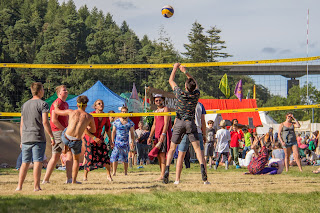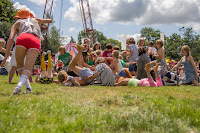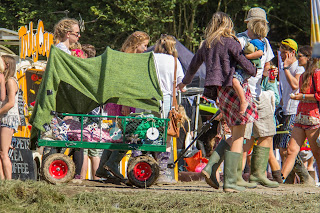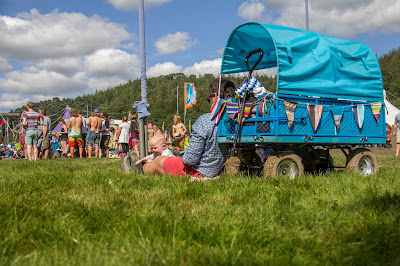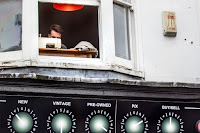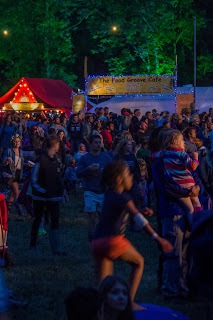The
first image shows a boy lying on a beach. The first image shows the original
image as created in camera. I converted the RAW file to JPG without any
alterations.
In
order to make decrease the prominence of the boy, I flattened the entire image
by reducing the contrast, also decreasing highlights and whites and making the
shadows and blacks darker. This had the effect of making the entire image very
dull and lifeless.
To
make the boy more prominent in the image, I increased the contrast and enhanced
the highlights and shadows, whites and blacks in the RAW window. Once in Photoshop,
I lightened the entire image using a duplicate layer and used the history brush
to restore the boy to the original lightness. I used the same brush to create a
subtle triangular shadowed area, leading up to the boy. I felt that this would
draw the eye towards him.
My
second image is of a man lighting candles in a darkened room. The first is the
original image.
To
decrease the prominence, I darkened the entire image, the decreased the
contrast, highlights and shadows.
To
increase prominence, I lightened the image in the RAW window but by increasing
the contrast, shadows and blacks, I darkened the rest of the image. I increased
the highlights and whites to further brighten the man’s face creating more
prominence.













